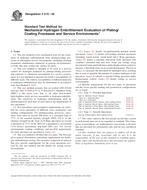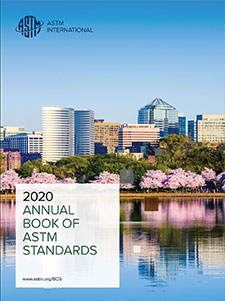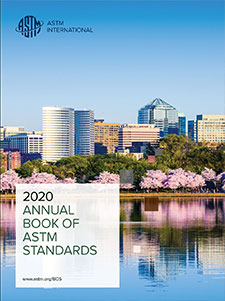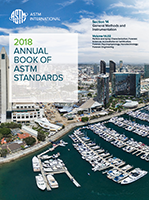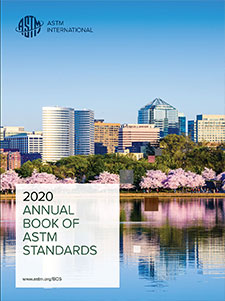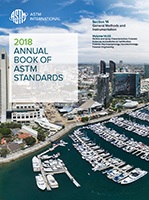Description
1.1 This test method covers mechanical tests for the evaluation of hydrogen embrittlement from plating/coating processes or subsequent service environments (including cleaning treatments, maintenance chemicals or gaseous environments), or both, that may contact the surface of steels.
1.2 This test method is intended to be used as a process control for hydrogen produced by plating/coating processes and exposure to chemicals encountered in a service environment. It is not intended to measure the relative susceptibility of different steels. The relative susceptibility of different materials to hydrogen embrittlement may be determined in accordance with Test Method F 1459.
1.3 This test method assumes that air melted AISI E4340 steel per MIL-S-5000 at 51 to 53 Rockwell C Hardness Scale (HRC) is the worst case; that is, all other heat-treated, high-hardness steels are less susceptible to hydrogen embrittlement. The sensitivity to hydrogen embrittlement shall be demonstrated for each heat of steel used in the manufacture of test specimens.
1.4 Test procedures and acceptance requirements are specified for seven specimens of different sizes, geometries, and loading configurations. For plating/coating processes, specimens must meet or exceed 200 hours at a sustained load of 75 % of the notched fracture strength (NFS) (92 % of the ultimate strength for the Type 2a O-Ring specimen) or exceed a threshold of 75 % of the NFS for a quantitative, accelerated (24 hours) incremental step-load (ISL) test. For service environments, loading conditions, and pass/fail requirements for each specimen are specified in .
1.5 This test method is divided into two parts. The first part gives general information concerning requirements for hydrogen embrittlement testing. The second is composed of annexes that give specific requirements for the seven specimens covered by this test method and the details for testing service environments.
1.5.1 details circumferentially-notched tensile specimens. details self-loading notched specimens including; round tensile, round bend and C Ring specimens. details a notched, four-point bend specimen that combines sustained load and slow strain rate testing, using incremental loads and hold times under displacement control to measure a threshold stress in an accelerated manner. The test in measures the threshold for hydrogen stress cracking that is used to quantify the amount of residual hydrogen in the specimen. details a smooth O-Ring specimen under displacement control. details testing in service environments.
1.6 Specific requirements for the two types of specimens and the seven specific loading and geometrical configurations are as listed:
1.6.1 Type 1-Notched Specimens
1.6.2 Type 2-Smooth Specimens
1.7 The values stated in the foot-pound-second (fps) system in inch-pound units are to be regarded as standard. The values given in parentheses are mathematical conversions to SI units that are provided for information only and are not considered standard.
This standard does not purport to address all of the safety concerns, if any, associated with its use. It is the responsibility of the user of this standard to establish appropriate safety and health practices and determine the applicability of regulatory limitations prior to use.
Product Details
- Published:
- 04/01/2005
- Number of Pages:
- 12
- File Size:
- 1 file , 200 KB

 NAS 9932-3 Rev. 1
NAS 9932-3 Rev. 1 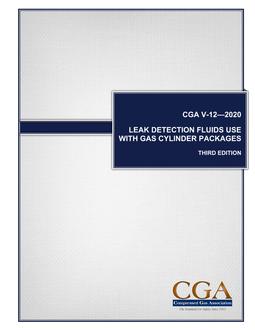 CGA V-12
CGA V-12 